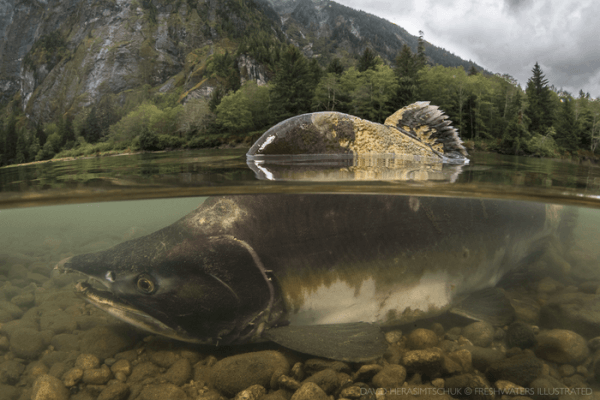Retreating glaciers in the Pacific mountains of western North America could produce around 6,150 kilometers of new Pacific salmon habitat by the year 2100, according to a new study.
Scientists have ‘peeled back the ice’ from 46,000 glaciers between southern British Columbia and south-central Alaska to look at how much potential salmon habitat would be created when underlying bedrock is exposed and new streams flow over the landscape.
Modeling glacier retreat under different climate change scenarios, researchers discovered that, under a moderate temperature increase, the glaciers could reveal potential new Pacific salmon habitat nearly equal to the length of the Mississippi River (6,275 km).
Desirable for salmon, in this case, means low-gradient streams (less than 10% incline) connected to the ocean with retreating glaciers at their headwaters. The team discovered that 315 of the glaciers examined met this criteria.
The international team, led by researchers at Simon Fraser University (Canada) with the University of Birmingham and other organisations, published their findings today in Nature Communications.
Read more at: University of Birmingham
Salmon can colonize newly created streams, but face many other challenges from climate change. (Photo Credit: Freshwaters Illustrated)


